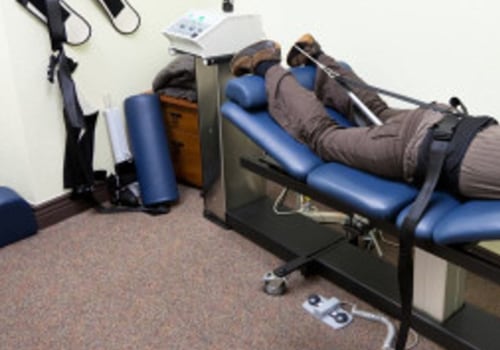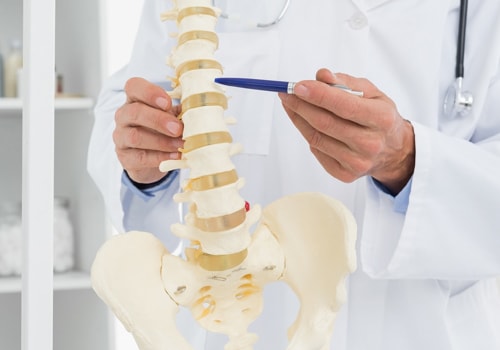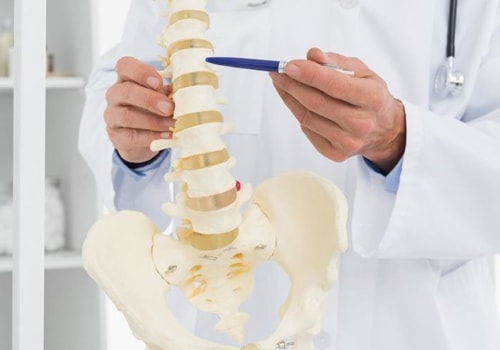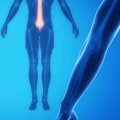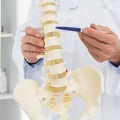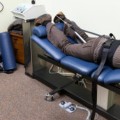Spinal decompression therapy is a non-surgical treatment option that has gained popularity for its effectiveness in alleviating various types of back pain and related conditions. This therapy involves stretching the spine, using a traction table or similar device, with the goal of relieving pain and promoting an optimal healing environment for bulging, degenerating, or herniated discs. Understanding who can benefit from spinal decompression requires an exploration of the specific conditions it addresses and the types of patients who are most likely to experience significant improvements.
One of the primary groups who can benefit from spinal decompression therapy includes individuals suffering from chronic back pain due to herniated or bulging discs. These conditions occur when the discs between the vertebrae of the spine become compressed and protrude outward, causing pain by pressing on nearby nerves. Spinal decompression can help to gently retract these discs back into their proper position, reducing pressure on the nerves and alleviating pain. Patients who have not responded well to other treatments such as physical therapy or medication often find relief with spinal decompression.
Individuals with sciatica are also prime candidates for spinal decompression. Sciatica is characterized by pain that radiates from the lower back down through the legs, caused by compression of the sciatic nerve. This condition can lead to significant discomfort and mobility issues. By relieving the pressure on the sciatic nerve, spinal decompression can help reduce or eliminate the symptoms of sciatica, allowing patients to return to their daily activities with less pain and improved function.
Patients with degenerative disc disease can also benefit from spinal decompression therapy. This condition involves the gradual deterioration of the intervertebral discs, leading to pain, stiffness, and reduced mobility. Spinal decompression helps to create negative pressure within the discs, which can encourage the flow of nutrients, water, and oxygen back into the discs. This process promotes healing and can slow the progression of the disease, providing long-term relief for patients suffering from chronic back pain due to degenerative disc disease.
Furthermore, individuals experiencing facet syndrome may find relief through spinal decompression. Facet syndrome occurs when the facet joints, which provide stability and flexibility to the spine, become inflamed or irritated. This can lead to localized pain and stiffness, particularly in the lower back. Spinal decompression helps to relieve pressure on these joints, reducing inflammation and pain, and improving the overall function of the spine.
Athletes and physically active individuals who suffer from back pain due to repetitive stress or overuse injuries can also benefit from spinal decompression therapy. These individuals often experience disc compression and joint irritation from their rigorous activities. Spinal decompression can help alleviate these issues by reducing spinal pressure and allowing the tissues to heal. This therapy can be particularly beneficial for athletes looking to return to their sport without the need for more invasive treatments or extended periods of rest.
Post-surgical patients who continue to experience pain after back surgery, known as failed back surgery syndrome (FBSS), may also benefit from spinal decompression. Despite undergoing surgery, some patients do not achieve the desired pain relief and continue to suffer from chronic pain. Spinal decompression offers a non-invasive alternative that can help address residual pain by targeting and relieving pressure on affected spinal structures.
Additionally, spinal decompression can be a valuable treatment for older adults experiencing age-related spinal conditions such as spinal stenosis. This condition involves the narrowing of the spinal canal, which can compress the spinal cord and nerves, leading to pain, numbness, and weakness. Spinal decompression can help create more space within the spinal canal, relieving pressure and alleviating symptoms associated with spinal stenosis.
It is important to note that while many individuals can benefit from spinal decompression, it is not suitable for everyone. Patients with certain conditions, such as severe osteoporosis, spinal fractures, tumors, or infections, may not be appropriate candidates for this therapy. A thorough evaluation by a healthcare professional is essential to determine whether spinal decompression is a safe and effective option for a particular patient.
Incorporating a multidisciplinary approach that includes spinal decompression therapy along with other treatments, such as physical therapy and psicología (psychology), can enhance overall outcomes. Addressing both the physical and psychological aspects of chronic pain ensures a more comprehensive and effective treatment plan. For example, psychological support can help patients manage the emotional stress and anxiety associated with chronic pain, improving their overall quality of life and facilitating better adherence to physical treatments.
In conclusion, spinal decompression therapy offers significant benefits for individuals suffering from various spinal conditions, including herniated or bulging discs, sciatica, degenerative disc disease, facet syndrome, and failed back surgery syndrome. Athletes, post-surgical patients, and older adults with age-related spinal issues can also find relief through this non-invasive treatment. By reducing pressure on spinal structures, promoting healing, and incorporating a holistic approach that includes psychological support, spinal decompression can provide a path to improved pain management and enhanced quality of life for many patients.
